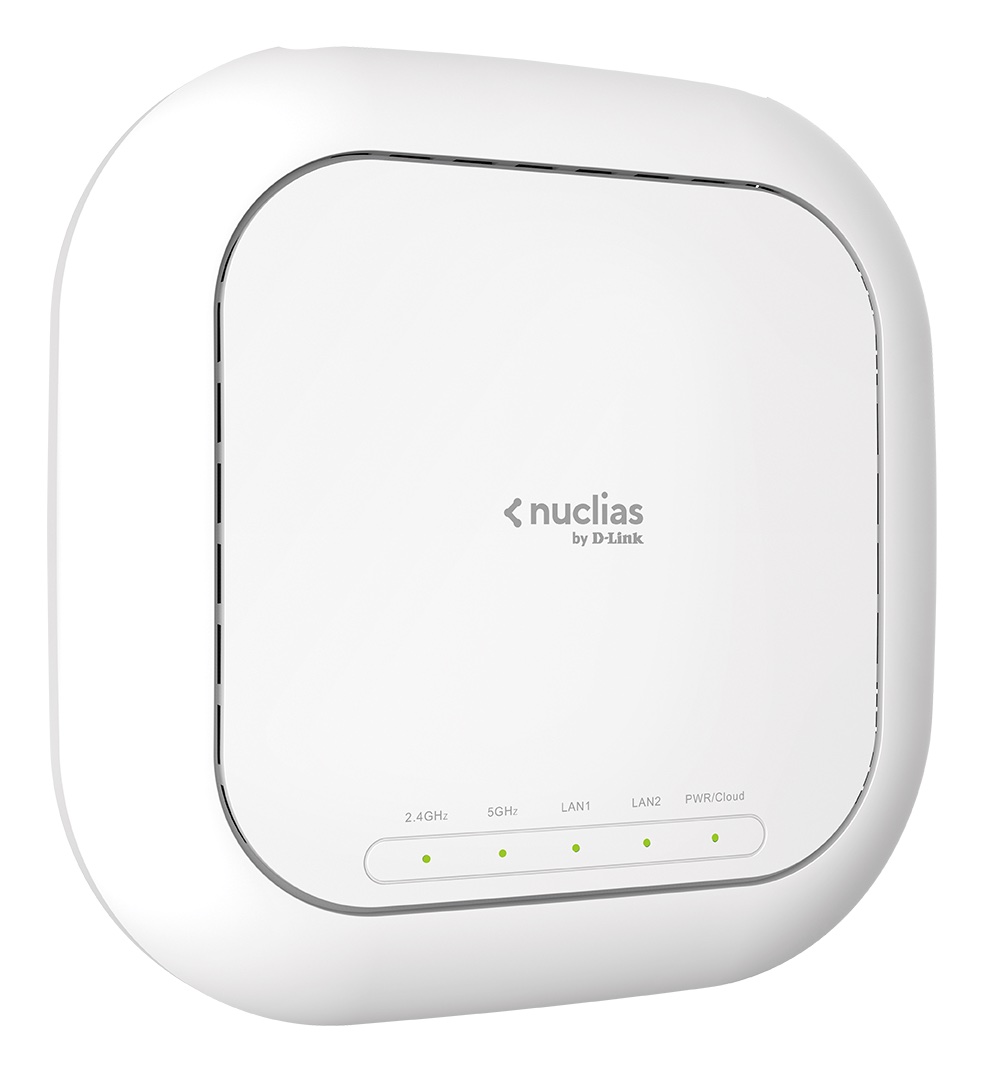President of Asia-Pacific at The Access Group, Kerry Agiasotis, has penned an article taking a deep dive into some of the key areas SMBs need to pay special attention to this tax time:
- Asset write off and deductions
- Navigating tax depreciation incentives for businesses
- Tax implications of COVID support including JobKeeper and JobMaker arrangements
The end of financial year is nearly upon us, and after a tumultuous year it should come as no surprise that there are a few extra checks and balances Australian businesses need to be aware of as they lodge this year’s tax return.
The 2021 financial year saw government stimulus packages and tax incentives buoy the economy and help businesses stay afloat amidst the economic uncertainty. These measures were a blessing for businesses around the country. However, with tax time fast approaching its critical for Australian business owners to be across the tax implications of these measures, and how to carefully navigate these to maximise returns while ensuring compliance.
A combination of honest mistakes, poor record keeping, and intentionally misleading behaviour from some operators has led the Australian Tax Office (ATO) to warn of plans to crack down on tax returns following the June 30 deadline.
With heavy policing of claims on the horizon, here are our top tips to help you lodge your return correctly this tax time.
1. Get up to speed with your accountant
For small businesses, especially those still doing it tough, there is a lot to be gained by learning your entitlements and obligations when it comes to claiming tax back on stimulus measures. Following the economic hardship that has affected most Australian businesses, it would be a real shame to see is businesses missing out because they were not aware of what is available to them.
There is no better way to get up to speed on your entitlements and obligations than by leaning on the expertise of an accountant. From talking to our own accounting partners, its clear a huge amount of time has been spent getting up to speed on all the sweeping regulatory changes to provide the best possible counsel to their clients. Following a year like no other, it might be safest to lean on expert counsel.
Tax time conversations with your accountant are therefore a critical opportunity to ask your most pressing questions regarding your business’s financials, your obligations and reporting requirements as you enter the new financial year.
With the ATO promising to keep a close eye on business loss claims and other tax back benefits, it would be prudent to discuss how best to report with your accountant ahead of lodging your return.
2. Tax depreciation incentives
In response to the pandemic, the government introduced various tax depreciation incentives for businesses. These measures – which include instant asset write-offs or ‘temporary full expensing’, the loss carry-back offset, and the backing business investment – can go a long way to help businesses offset losses and save money.
Instant asset write-offs, sometimes referred to as ‘temporary full expensing’ allow businesses with an annual turnover of less than $5 billion to fully write off the value of eligible depreciating assets such as office equipment and business vehicles. It can be used for multiple assets (if the cost of each individual asset is less than the relevant threshold) as well as new and second-hand assets.
Something else to keep in mind as we head into the new financial year is that the ATO has granted a 12-month extension to the instant asset write-off scheme until 30 June 2023.
There are strict rules in place outlining those assets eligible for this scheme, and small businesses wanting to apply should be discussing the available options with their accountant ahead of lodging their return.
3. Declaring JobKeeper payments at tax time
The introduction of JobKeeper has been a lifeline for many struggling businesses across the country. Businesses need to be aware that JobKeeper payments are taxable and must be included in their tax return.
Businesses should seek guidance from their accountants to ensure they are properly declaring their JobKeeper payments, to avoid underreporting income and possibly incurring penalties. To help businesses stay compliant with these requirements, the ATO will be taking several proactive steps over the coming weeks.
These include reaching out to JobKeeper recipients to inform them of the total amount of payments their entity received in the last financial year, as well as where to report these in their tax return. In addition, the ATO will prefill JobKeeper data into tax returns to help prevent underreporting.
It is then up to businesses to work with their accountants to review this and include the total JobKeeper amount with the business income when completing the income tax return.
A solid foundation for FY21-22 and beyond
Tax time conversations are not just important for tax claim purposes. They are also one of the best opportunities for small businesses to ask their most pressing questions and put new tools and measures in place to set themselves up for success in the next financial year.
Advanced technologies including open cloud platforms with automated workflows and analytics can take the headache out of tax time and help keep you keep on top of your new obligations and reporting requirements.
While there may be lingering uncertainty around COVID-19, one thing is certain as we head into the new year. That is, those who take advantage of their accountants’ expertise and invest in the right solutions to keep their bookkeeping on track, will be sure to reap the benefits through June 30 and beyond.
